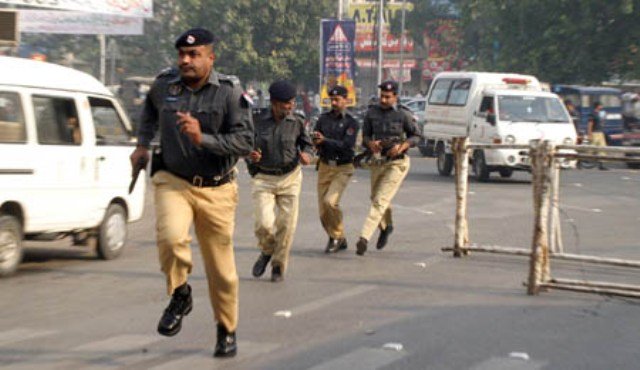
Pakistan may no longer face an immediate economic or security crisis, but it still faces internal security challenges that need to be dealt with by the Pakistani state. Last week’s heinous attack on a passenger bus traversing the Karakoram Highway in Gilgit-Baltistan’s Chilas area is a stark reminder of the escalating terrorist threat that casts a long shadow over Pakistan. This incident follows a series of high-intensity attacks on the Mianwali training air base, a cross-border incursion in Chitral, and the assault on the Zhob Cantt military installation, proving that terror groups inside Pakistan are more confident and have capabilities they lacked earlier.
According to security analyst and columnist Muhammad Amir Rana, “the militant landscape is turning increasingly similar to that of the pre-2014 era when multiple religiously motivated groups were active in various parts of the country. While the authorities remain hesitant to acknowledge the Chilas bus attack as sectarian, citing the diverse backgrounds of the victims, unconfirmed reports circulating on social media suggest that the banned Lashkar-i-Jhangvi (LJ) has claimed responsibility. If true, this would substantiate the concerns of counterterrorism practitioners regarding the regrouping of LJ in parts of the country, particularly Chilas, where it previously held a scattered support base.”
Further, as Rana notes, “The outlawed Tehreek-i-Taliban presence in the area also raises concerns due to the presence of Chinese firms working on the Dasu dam project. Notably, the TTP conducted an attack on a Chinese workers’ bus in November 2022. These terrorist organisations historically employed the tactic of firing at passing buses, believing that a majority of the passengers belonged to rival religious sects.”
In conclusion Rana warns, “The resurfacing of LJ is a dangerous sign for internal security. The Sindh and Punjab counterterrorism departments have claimed the arrest of several LJ suspects from Karachi and south Punjab in the past few weeks. The LJ is not merely a sectarian terrorist group; it also has a history of allying with the TTP and Al Qaeda and contributing to major terrorist attacks orchestrated by these organisations. This is particularly concerning because it serves as the first point of contact for indoctrinated youth and connects them with groups like the TTP and the militant Islamic State group.”
![]()





